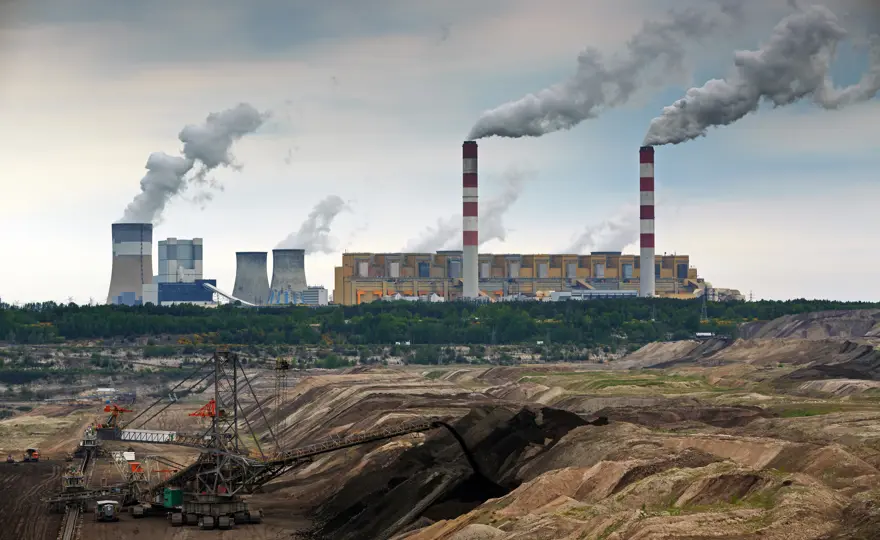ClientEarth Communications
28th June 2021


The EU’s biggest coal plant is in Poland. Belchatow power plant is five times the size of the average plant and, with its surrounding mines, it's visible from space. It has become symbolic of Poland’s high CO2 emissions. There is no place for a plant this huge and this dirty in Europe, which is supposed to be spearheading the global climate fight.
This plant is one of the biggest producers of greenhouse gas emissions in the EU – producing roughly the same emissions as the whole of Slovakia every year. According to official data provided to ClientEarth, carbon dioxide emissions from the Belchatow power plant have been consistently rising. So far in its lifespan, the plant has emitted about a billion tonnes of CO2 into the atmosphere, the equivalent of three years' worth of Poland’s national emissions. In April 2014, the European Commission even dubbed it 'the most climate damaging power plant in the European Union.'
While it’s the biggest coal plant in the EU, Belchatow is also among the biggest lignite coal plants on the planet. Lignite – also known as ‘brown’ coal – is the dirtiest form of coal.
Brown coal plants are fed by nearby mines because transporting the heavy, wet coal is so difficult. So Belchatow power plant is served by two huge open-pit coal mines: Belchatow and Szczercow. As the first ones are exhausted, the operators have been trying to dig another, the Zloczew mine, which would have displaced 3,000 people and meant the destruction of 33 villages, including highly specialised modern farms, homes, schools, shops, chapels and fire stations. The nearby population has been fighting for their land, as mines threaten to take it over.
Lignite coal mining also has detrimental impacts on land and water, including groundwater pollution and soil degradation. This includes the release of tonnes of toxic heavy metals. For example, operations at the Zloczew mine alone would release five tonnes of mercury, 26 tonnes of cadmium and 168 tonnes of lead – all known neurotoxins and carcinogens – into the environment every year.
Belchatow is a notorious ticking timebomb for our climate. That’s why, in 2018, we launched the awareness raising campaign "iCo2dalej", which requested that Belchatow take immediate action to reverse its climate impacts. Over 10,000 people have signed the petition calling for an immediate reduction in CO2 emissions. But we saw little to no action being taken by the operator.
In September 2019, we filed an unprecedented lawsuit against operators PGE GiEK, arguing that Belchatow must stop damaging the climate, water and soil of the region, Poland – and further afield.
In June 2021, Polish authorities announced Belchatow will start to wind up operations. The plan, published by the authorities in Lodz, sets out an 80% reduction in emissions by 2030 – the equivalent of cancelling a year’s worth of emissions from Croatia. The mines will start to close and, by the looks of things, Zloczew will never go ahead.
Meanwhile, the plans state that Belchatow’s many coal units will close between 2030 and 2036 – though we and others know that must happen sooner.
Ilona Jędrasik, fossil fuel infrastructure lead in ClientEarth’s Warsaw office, said: “The wind is changing – when you see Europe’s biggest coal operation heading into retirement, it’s clear an era has ended.
“Coal has long been stalling, and profitability is collapsing. The most important thing now is to secure a realistic future for those who have been employed by the coal industry up till now, and plan for a low-emissions future. The Polish Government owes this to Polish people and to Europe.”